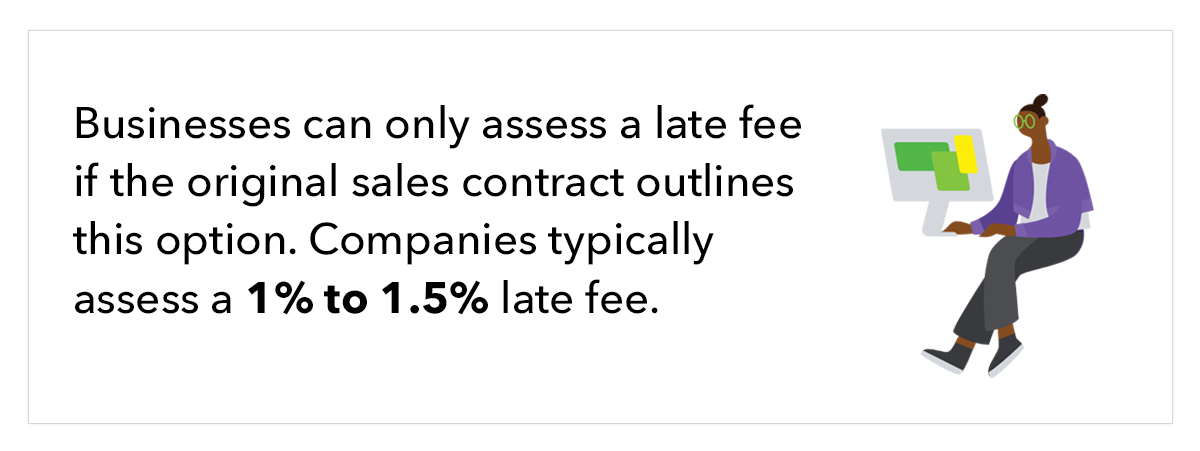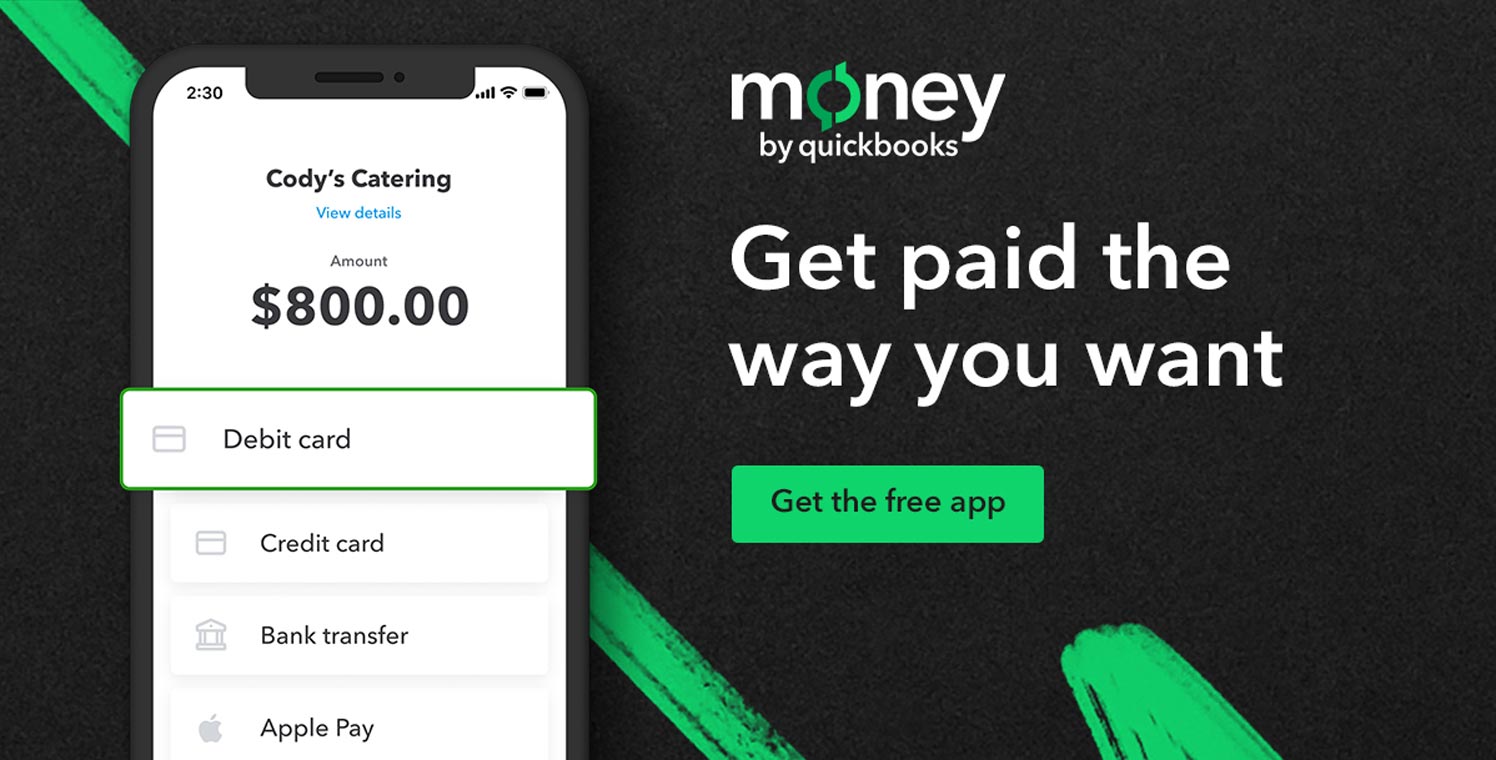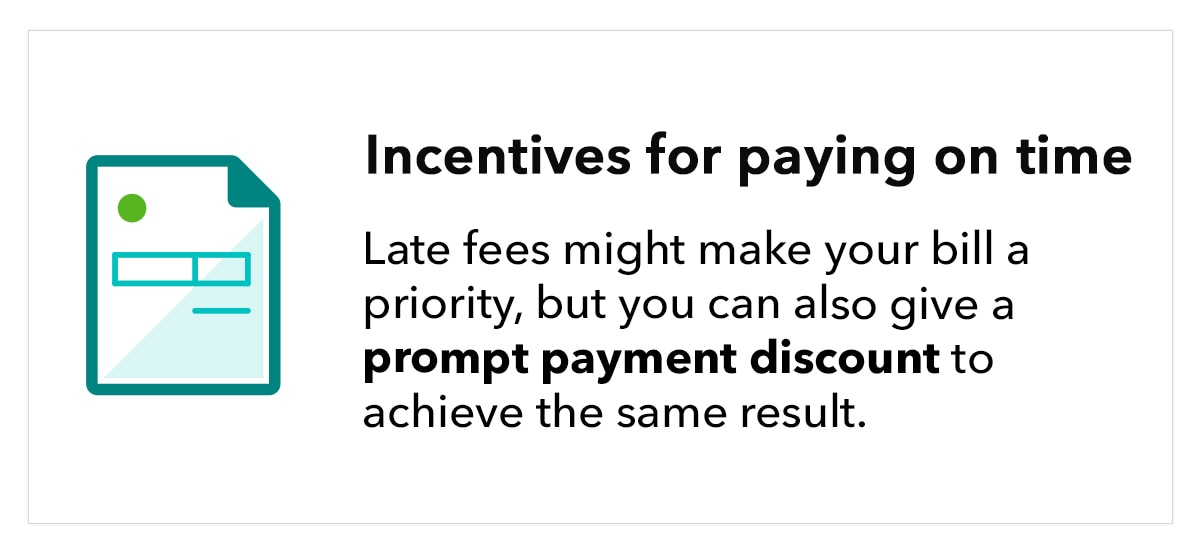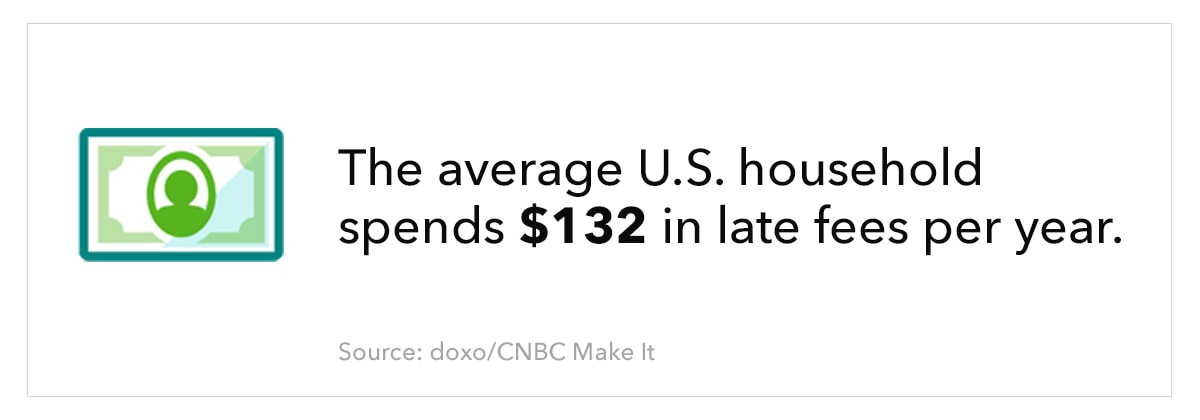You’ve found yourself in the situation that no business owner wants to deal with: an invoice is way past its due date.
It’s been months since you sent the invoice, and there’s nothing but crickets in your inbox and your small business bank account. Now you’re wondering if you should start charging your customer a late payment fee, in addition to chasing after the outstanding balance.
Figuring out how to approach past-due invoices is yet another challenge that business owners need to deal with. And, while there isn’t a default solution that applies to everyone, late payment fees are worth considering to instill a greater sense of urgency in your customers.
- What is a late payment fee?
- How to deal with late payments and unpaid invoices
- Charge a late fee
- Use a payment plan
- Offer an extension for first-time late payments













